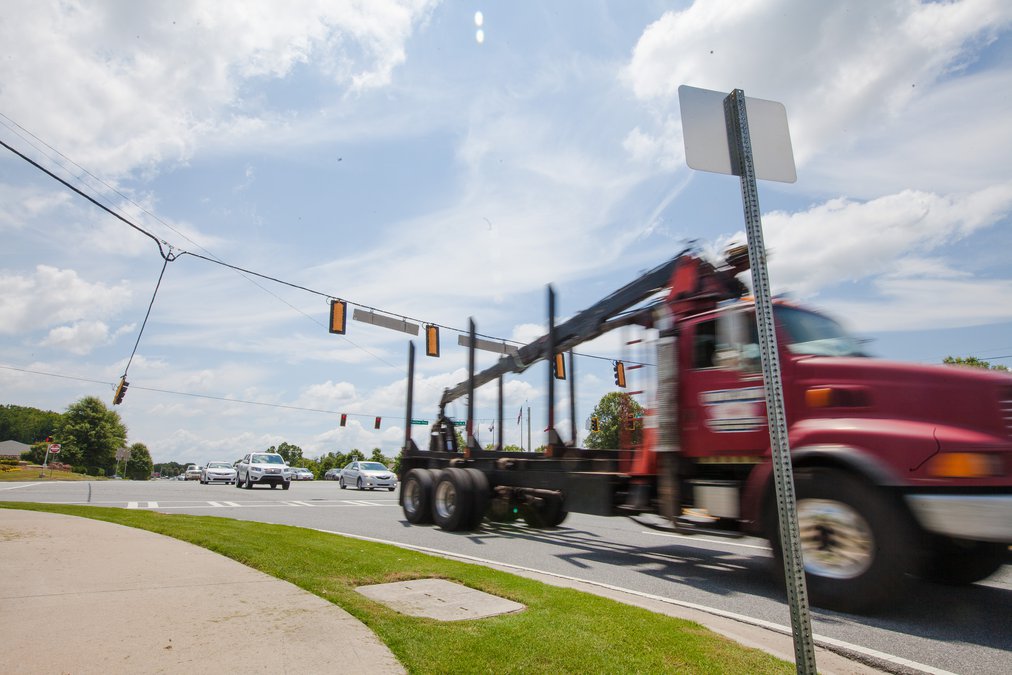The project will include 1.5 miles of road widening and construction for interchange improvements, construction of a bridge and approaches over Ga. 400 and construction for the new, full-diamond interchange at McGinnis Ferry.
Clearing begins for interchange project at Ga. 400, McGinnis Ferry


Scores Presented by Bryan Properties